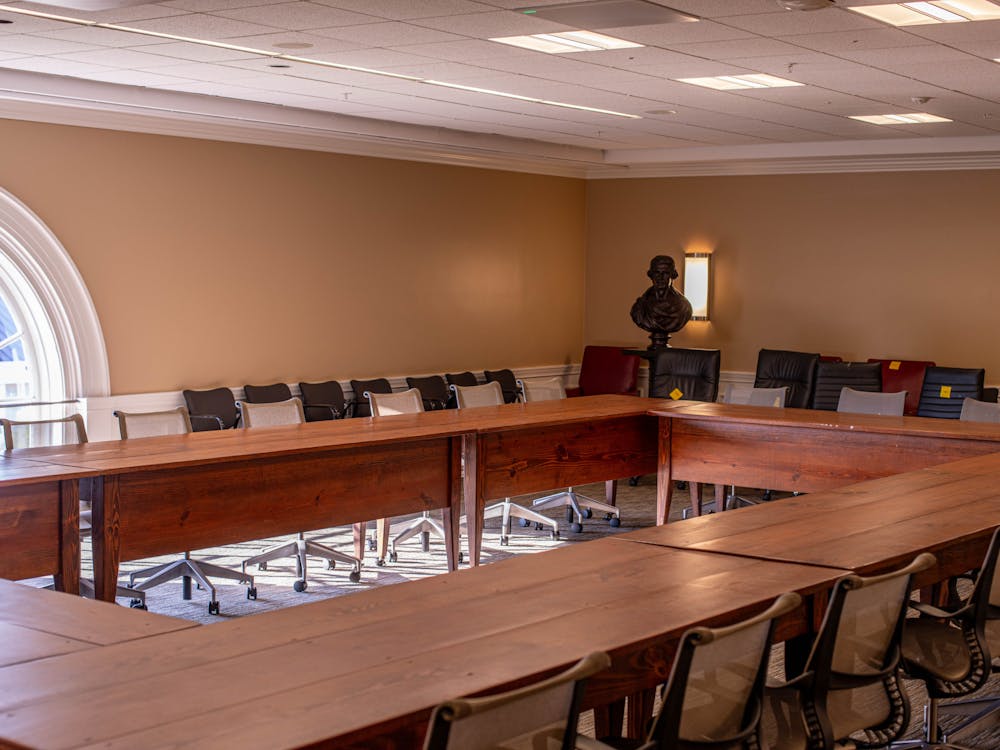As the University's Board of Visitors recently revisited its 2006 sustainability assessment, it discussed ways in which the University can work to attain a Leadership in Energy and Environmental Design certification for new buildings in order to encourage sustainability initiatives on Grounds.
The Board specifically was concerned with issues related to land use, transportation, energy and water efficiency, recycling and other areas that have an environmental impact.
"What we're doing is focusing on reducing our carbon footprint usage in our facilities," said Cheryl Gomez, utilities director for the Facilities Management Department. "We want to reduce our environmental impact [and] reduce our reliance on natural resources."
Although the term "sustainability initiatives" often brings to mind environment-saving efforts such as recycling and water conservation, Gomez said it can have multiple meanings.
"We do look at sustainability in a very broad perspective," Gomez said. "Most of the time people focus on natural resources and the environment, which is key, but we're expanding it beyond that and applying it to social welfare and economics, so it's really multidisciplinary in perspective."
One of the ways the Board plans to address sustainability is by attaining this LEED certification for the construction of new buildings on Grounds. Several projects on Grounds are already LEED-registered, including the South Lawn Project and the Claude Moore Medical Education Building.
According to University Architect David Neuman's sustainability presentation to Board members, LEED would certify the design, construction and operation of new or existing buildings to ensure construction or renovation plans are environmentally friendly.
The LEED accreditation process examines every possible environmental impact when it certifies new construction projects, Gomez said.
"It looks at water use, how close are amenities so people can bike instead of drive, how are we interconnected with good transit systems, how to maximize natural lighting, how to encourage energy efficiency," Gomez said, "LEED looks at how a building can be designed and operated so it can have as little impact on the environment as possible."
Faculty and administrators, however, are not the only members of the University who have expressed concerns about sustainability issues. Benjamin Chrisinger, chair of the Student Council environmental sustainability committee, expressed that he was pleased to hear the Board was pursing LEED certification for University buildings.
"I think it's a really great standard for us to set for ourselves," Chrisinger said. "It's impressive and it's encouraging that the Board put that mandate there for new projects because that's essentially what it takes to address changes."
Although the University's consideration of these issues has been a step in the right direction, Gomez said, this should only be the beginning of progress toward environmental-friendly goals.
"There's a lot more to be done," Gomez said, "but I think the biggest message is really what an impact everybody can have in reducing our own and our collective impact on natural resources. When we've had a drought declared in this area, people used significantly less water; that tells me there's something individuals can do to make a difference"






